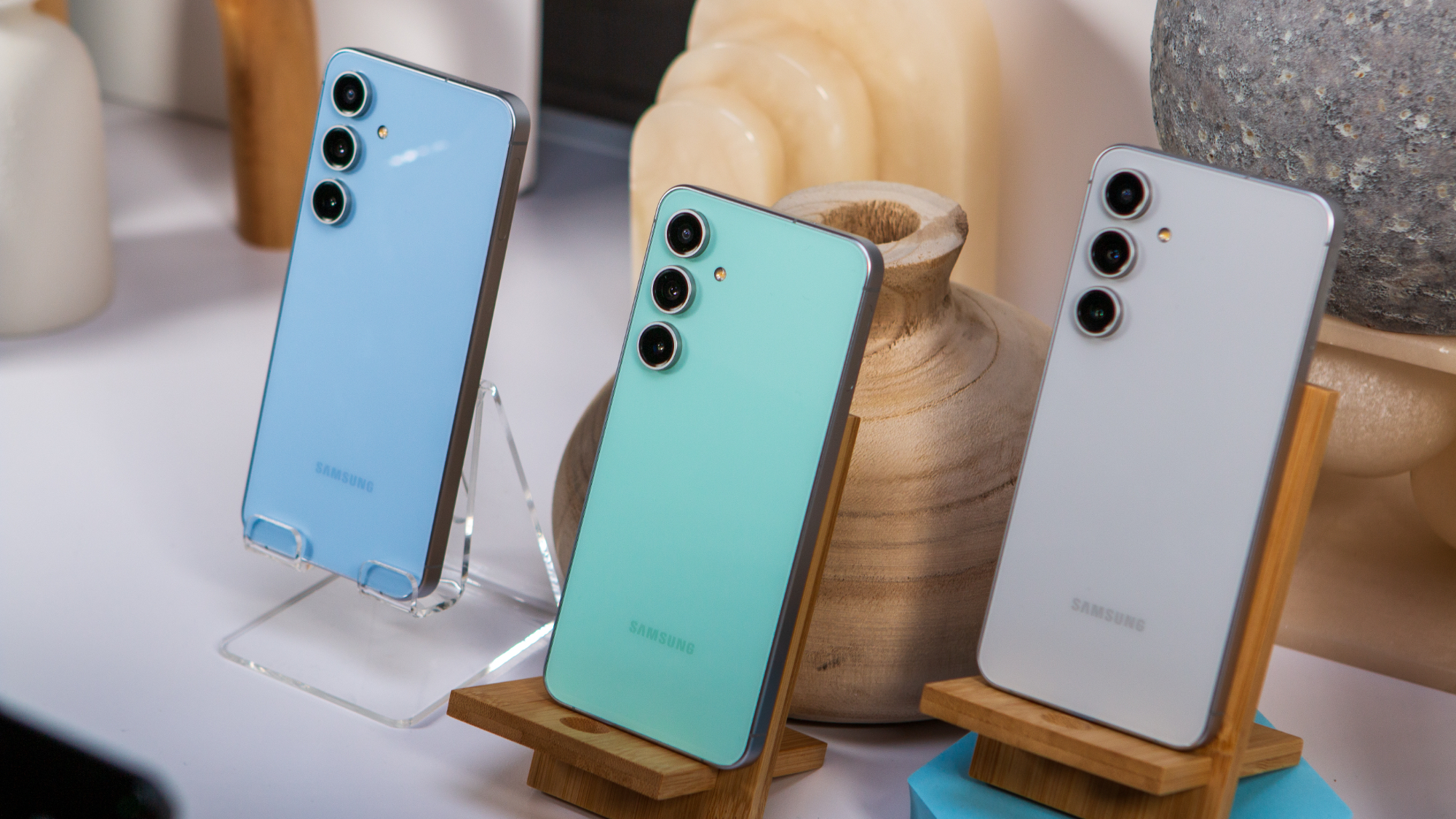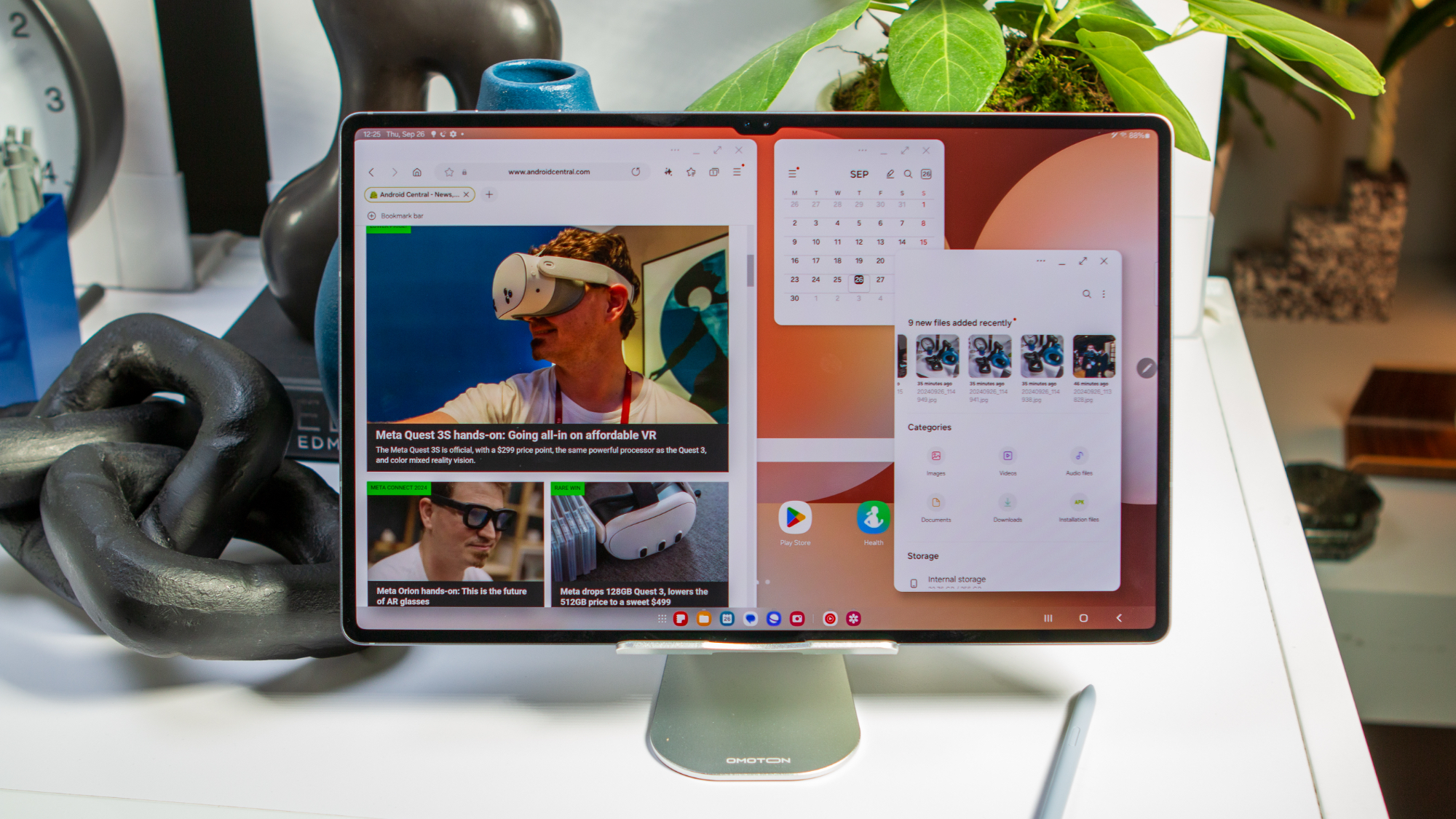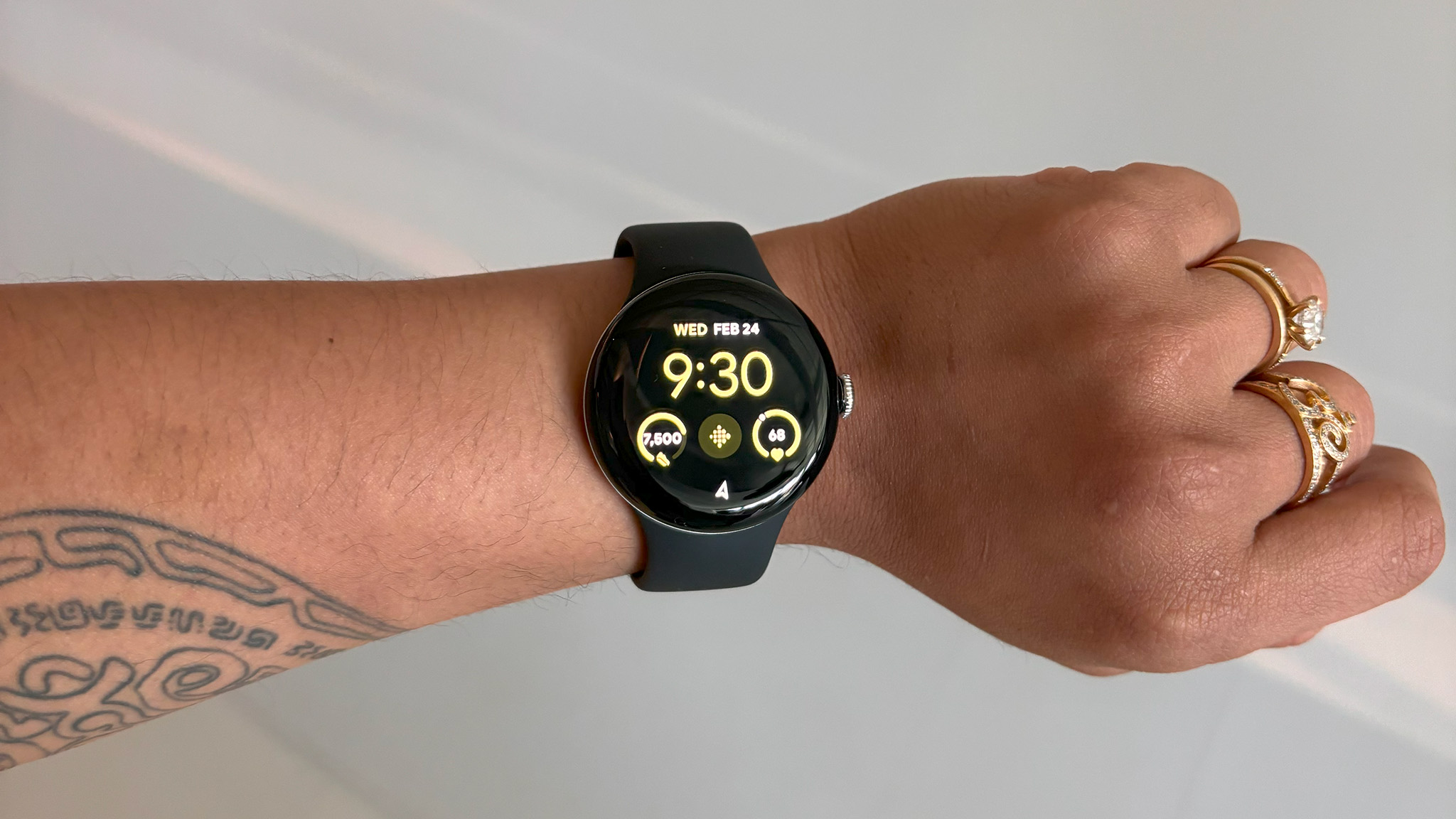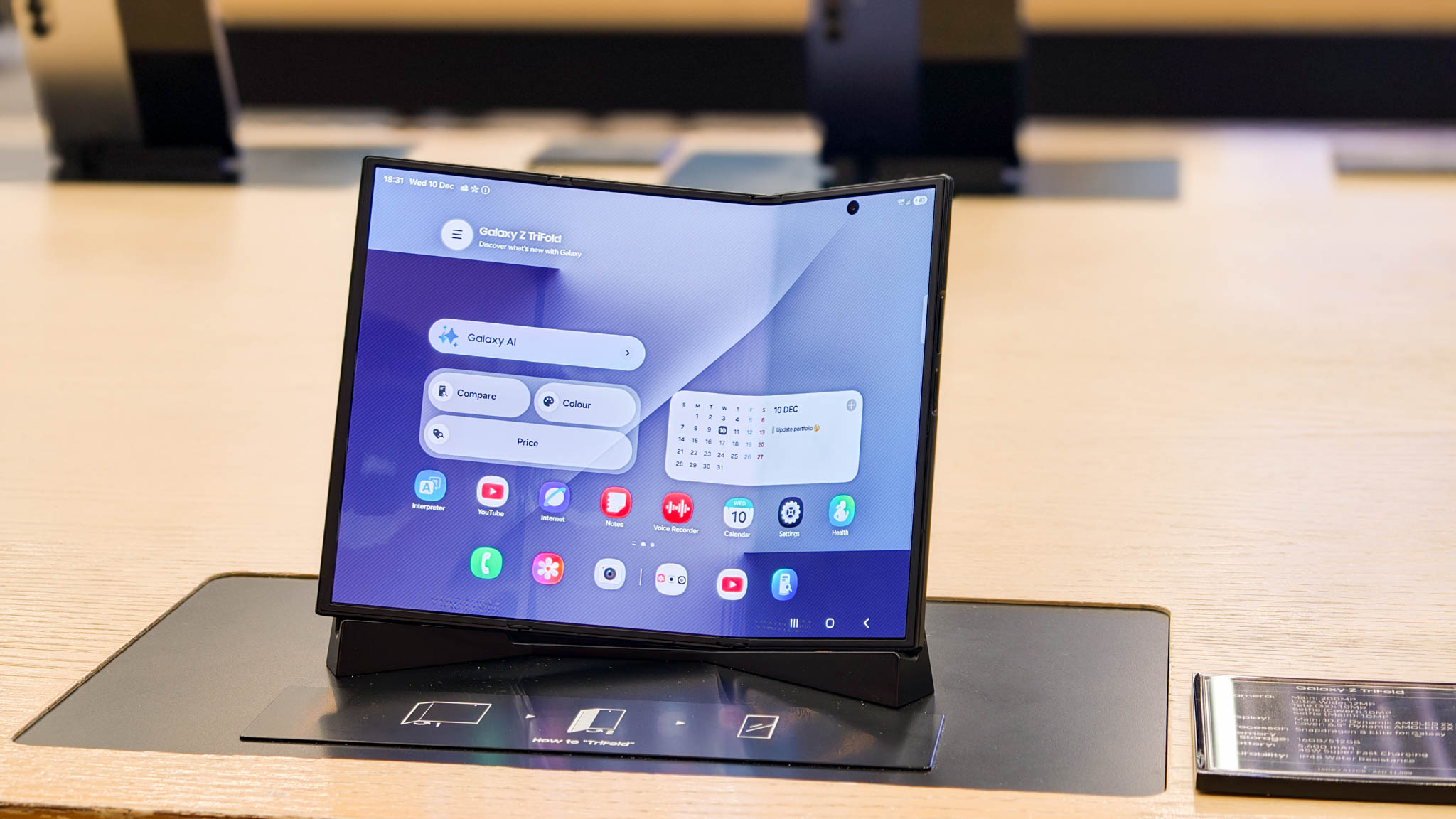News Weekly: Samsung's new Galaxy devices, Meta launches the affordable Quest 3S, and more
A round-up of the biggest Google/Android-related news that stood out this week.


News Weekly is our column where we highlight and summarize some of the week's top stories so you can catch up on the latest tech news.
This is Android Central's News Weekly, your go-to source for a concise roundup of the week's most significant tech stories. This is where we delve into the top headlines that provide the latest developments and innovations contributing to the digital landscape.
This week, Samsung launched a new phone and some tablets, Nothing unveiled an impressive pair of open-ear earbuds, Disney Plus is cracking down on password sharing, Google launched Wear OS 5 for older Pixel Watch models only to pause the rollout, and Meta showed off its affordable new VR headset alongside its AR glasses.
The Galaxy S24 gets a new sibling

After months of rumors, Samsung has released the Fan Edition of the Galaxy S24. The new Galaxy S24 FE looks nearly identical to the other phones in the S24 family, with a flat design and triple camera system. The phone features a 6.7-inch display, which means it sits between the Galaxy S24 Plus and S24 Ultra.
Since it's a Fan Edition phone, the specs aren't as strong as its siblings. As such, the phone is powered by an Exynos 2400e, which is a low-power version of the Exynos 2400 powering certain versions of the Galaxy S24 series. There's also 8GB of RAM, up to 512GB of storage, and access to features from Samsung's Galaxy AI, such as Generative Edit, Circle to Search, and more.
On the back is a 50MP primary sensor with a 12MP ultrawide and 8MP 3x telephoto. Keeping the phone on is a 4700mAh battery with 25W wired charging. The phone is available in Blue, Graphite, Gray, Mint, and Yellow for $649 in the United States.

In addition to the Galaxy S24 FE, Samsung also launched the Galaxy Tab S10 series, consisting of the Galaxy S10 Plus and S10 Ultra. The former features a 12.4-inch display, while the latter has a 14.6-inch panel. Samsung switched things up this year, and instead of using a Snapdragon chip, both tablets are powered by the MediaTek Dimensity 9300 Plus. Additionally, both models also support 5G connectivity, making them ideal to use on the go.
Get the latest news from Android Central, your trusted companion in the world of Android
The Galaxy Tab S10 Plus and Ultra start at $999 and $1199, respectively, and are available for preorder now.
Lastly, Samsung launched the LTE version of the Galaxy Watch FE, which was introduced earlier this year. The watch is available in three colors and retails for $249.
Meta's affordable Quest 3S and lightweight AR glasses

Read more here.
Meta CEO Mark Zuckerberg kicked off Meta Connect 2024 by unveiling the new Meta Quest 3S, a more affordable version of the popular Meta Quest 3 VR headset. The new model features a similar design with a different lens array up front, and it's powered by the same Snapdragon XR2 chip. Meta cut costs by using cheaper lenses with lower resolutions and a narrower field of view. It also uses a software-based depth sensor and has a smaller battery, but you should still be able to play the same games as the flagship model.
The Quest 3S starts at $299 for the 128GB model and also comes in a 256GB model. Meanwhile, the Quest 3 is now only available in a 512GB version, which now costs $499, the same as the now-discontinued 128GB model.

Meta also showed off its Orion AR glasses, which are currently in development. The glasses display holographic images over the real world, allowing you to interact with them. The glasses use AI to accurately determine what you're looking at and help you identify items. You can also do things like video chat with friends or check messages, and even play AR games with others.
The glasses are larger and thicker than the Ray-Ban Meta smart glasses but much smaller than other efforts. However, they're still in development, and it's unclear when Meta will release them to the public.
Nothing's open ear earbuds are basically perfect

Read more here.
Nothing is known for making some good audio products, but its new open-ear earbuds may be its best yet. Like other open-ear earbuds, the Nothing Ear (Open) features a design that allows you to hear your music and stay aware of your surroundings at the same time.
The buds feature 14.2 mm dynamic drivers, and according to Android Central contributor Tshaka Armstrong, they have superb bass that come close to "experiencing an open design that sounds like traditional earbuds that sit in your ear canal."
The earbuds have eight hours of battery life, while the case provides 30 hours of extra charge. The buds and case are also IP54-rated, and there's ChatGPT integration for queries.
The buds are available now for preorder and cost $149.
Wear OS 5 update gets pulled from Pixel Watches

Read more here.
Wear OS 5 has been available for some time on the latest Pixel Watch 3 and Samsung's Galaxy Watch devices. Google finally started rolling out the update earlier this week to the Pixel Watch and Pixel Watch 2, bringing new features like an app grid, recorder app, and more. However, there have been some issues with the rollout, prompting Google to press pause on the update.
Some users have been complaining about the update bringing their devices, with one user saying their Pixel Watch 2 was unresponsive after updating, showing only a blank screen with a Bluetooth symbol. One Pixel Watch owner says the update took nearly four hours to complete but functioned just fine when it was done.
Not everyone experienced problems with the update, but the issues were enough for Google to pull the update while it works out the problems. Meanwhile, affected users can check out this support page to hopefully fix their devices.
Disney Plus gets greedy

Read more here.
Netflix started a trend with streaming services, effectively punishing users for sharing their passwords with others. Now, Disney Plus is following suit with a similar policy of its own, going live in the U.S. and other regions.
Disney says that a subscription "is meant to be used within your Household, which is a collection of devices associated with your primary personal residence that are used by the individuals who reside there." That means anyone else wishing to access Disney Plus will have to either get their own account or be added on as an extra member for $6.99 a month, at least for a Basic account. Premium members will have to pay $9.99 for an extra account outside their household. It should be noted that account holders can only have one extra member.
According to Disney, the new policy is available in the United States, Canada, Costa Rica, Guatemala, Europe, and the Asia-Pacific region.
Those are some of the biggest stories from this week. Meanwhile, here are some other stories that are worth catching up on:
- Meta's new open facial interface for the Quest 3 will succeed the Quest Pro
- The Amazfit Helio Ring just became a much more compelling smart ring
- Samsung Galaxy S25 Ultra with Snapdragon 8 Gen 4 hits Geekbench
- One of our favorite Motorola phones could be getting a sequel soon
- OxygenOS 15 might get an Apple-like overhaul, for better or for worse
- Google's $10 HDMI cable credit for the TV Streamer should last forever
- Chrome's latest update includes a Google Calendar overview on the new tab page
- These new Google TV updates create a personal control center for entertainment
- Nothing OS 3 previewed ahead of beta launch with new customization options, AI, and more
- Google Maps expands Street View to more places and launches a time machine

Derrek is the managing editor of Android Central, helping to guide the site's editorial content and direction to reach and resonate with readers, old and new, who are just as passionate about tech as we are. He's been obsessed with mobile technology since he was 12, when he discovered the Nokia N90, and his love of flip phones and new form factors continues to this day. As a fitness enthusiast, he has always been curious about the intersection of tech and fitness. When he's not working, he's probably working out.
You must confirm your public display name before commenting
Please logout and then login again, you will then be prompted to enter your display name.
